How to Master Power Elevated Work Platform Training for Enhanced Safety and Efficiency
In today's fast-paced work environment, mastering Power Elevated Work Platform Training is essential for enhancing safety and efficiency on job sites that require the use of aerial lifts, scissor lifts, and other similar equipment. This training equips operators with the knowledge and skills necessary to handle these powerful machines safely and effectively, minimizing risks while maximizing productivity. Understanding the critical aspects of legislation, hazard identification, and operational best practices is paramount for employers and workers alike. As industries increasingly rely on elevated work platforms, comprehensive training programs ensure that personnel not only comply with safety standards but also gain the confidence to operate these platforms proficiently. This guide aims to outline key strategies for mastering Power Elevated Work Platform Training, fostering a culture of safety and operational excellence that ultimately benefits all stakeholders involved.
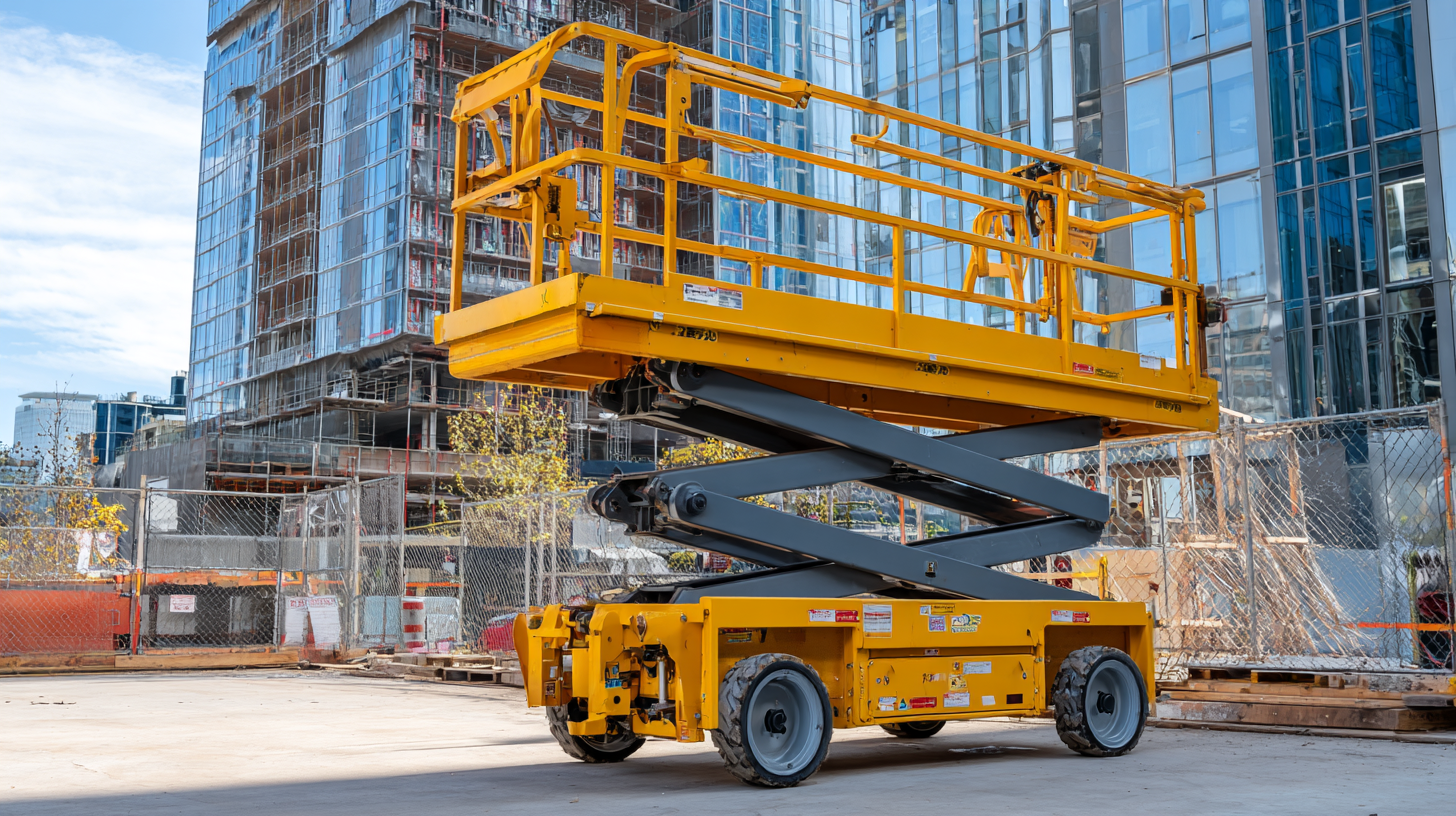
Understanding the Importance of Power Elevated Work Platform Training for Safety
Power Elevated Work Platforms (PEWPs) are essential tools in various industries, enabling workers to safely access elevated areas. However, the use of these platforms can pose significant safety risks if operators are not adequately trained. Understanding the importance of Power Elevated Work Platform training is crucial for ensuring workplace safety. Proper training equips operators with the knowledge of safe operating procedures, hazard recognition, and emergency response protocols, fostering a culture of safety within the workforce.
Moreover, comprehensive PEWP training not only enhances safety but also boosts efficiency. Trained operators can maneuver the equipment with precision, minimizing the likelihood of accidents that could lead to downtime or costly repairs. As workers become proficient in using these machines, they complete tasks more quickly and effectively, contributing to overall productivity. Investing in thorough training programs not only protects the well-being of employees but also supports the organization’s bottom line through increased operational effectiveness.
Key Safety Regulations and Standards for Elevated Work Platforms
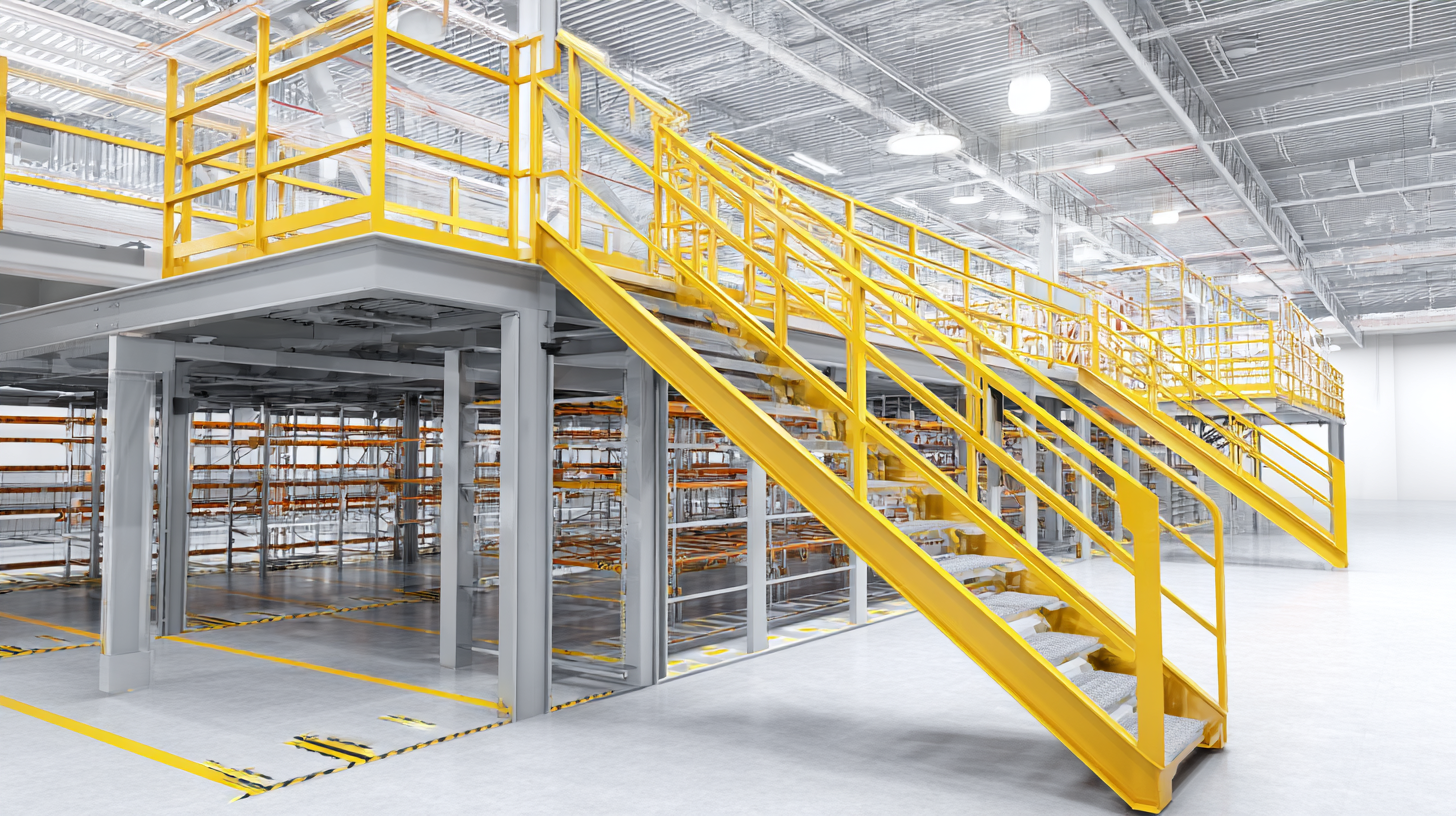 Elevated work platforms (EWPs) such as lifts and scaffolding are essential tools in various industries but come with inherent risks. According to the Occupational Safety and Health Administration (OSHA), falls from heights account for approximately 33% of worker fatalities in construction, underscoring the importance of adhering to safety regulations. Compliance with standards set by ANSI (American National Standards Institute) and OSHA is vital in mitigating such risks and ensuring the safe operation of EWPs. Operators must not only be trained but also understand the nuances of safety guidelines which can help reduce accidents and enhance workforce efficiency.
Elevated work platforms (EWPs) such as lifts and scaffolding are essential tools in various industries but come with inherent risks. According to the Occupational Safety and Health Administration (OSHA), falls from heights account for approximately 33% of worker fatalities in construction, underscoring the importance of adhering to safety regulations. Compliance with standards set by ANSI (American National Standards Institute) and OSHA is vital in mitigating such risks and ensuring the safe operation of EWPs. Operators must not only be trained but also understand the nuances of safety guidelines which can help reduce accidents and enhance workforce efficiency.
To ensure safety, organizations should implement a comprehensive training program focused on the latest safety regulations. This includes not just operating procedures but also pre-operational checks and proper fall protection measures. Regular refresher courses can help keep the knowledge fresh among workers.
Tips: Always check the manufacturer’s guidelines and safety specifications when operating an EWP. Additionally, ensure that operators are certified and that the equipment is maintained according to regulatory standards to avoid accidents and promote a safer work environment. Lastly, consider conducting routine safety audits to identify potential hazards and reinforce best practices among employees.
Essential Skills and Knowledge Required for Effective Operation
Mastering power elevated work platform (PEWP) training is crucial for ensuring both safety and operational efficiency in construction and maintenance tasks. The essential skills and knowledge required for effective operation encompass a deep understanding of equipment functions, safety protocols, and risk management strategies. According to the Occupational Safety and Health Administration (OSHA), proper training can reduce workplace accidents by up to 29%. This statistic underscores the importance of equipping operators with the skills needed to navigate potential hazards effectively.
When learning to operate a PEWP, operators should focus on mastering key techniques such as pre-operation inspections, understanding load capacities, and recognizing site conditions. Additionally, familiarity with safety equipment and best practices can further enhance operational safety.
**Tips:** Always conduct a thorough inspection of the work platform before use, checking for any signs of wear or damage. Keep communication open with ground crew members to ensure everyone is aware of the operation. Finally, continuous education on the latest safety standards and regulations will help maintain a culture of safety within the workplace, contributing to both employee confidence and productivity.
Power Elevated Work Platform Training: Skills and Knowledge Required
This chart illustrates the essential skills and knowledge areas needed for mastering Power Elevated Work Platform operation, reflecting the importance of each skill in ensuring safety and efficiency.
Best Practices for Conducting Power Elevated Work Platform Training Sessions
Conducting effective Power Elevated Work Platform (PEWP) training sessions is crucial for enhancing safety and efficiency in the workplace. Best practices begin with a thorough understanding of the equipment and its operational requirements. Instructors should create a structured curriculum that encompasses practical demonstrations and comprehensive theoretical knowledge. Utilizing a blend of multimedia presentations can aid in keeping participants engaged and enhance their learning experience.
Additionally, hands-on practice is an indispensable component of PEWP training. Trainees should have ample opportunity to operate the equipment under controlled conditions, allowing them to apply their learned skills in real-time scenarios. It's also essential to emphasize safety protocols, ensuring that all participants understand the risks associated with elevated work and the procedures necessary to mitigate them. Incorporating regular assessments and feedback mechanisms will reinforce learning outcomes and promote a culture of safety awareness among workers.
Evaluating Training Effectiveness: Assessing Competence and Continuous Improvement
Assessing the effectiveness of Power Elevated Work Platform (PEWP) training is crucial for ensuring both safety and operational efficiency. Organizations must develop clear metrics to evaluate trainees' competence after completing their training programs. This can involve practical assessments, where operators demonstrate their ability to handle the equipment safely and efficiently under real-world conditions. Additionally, feedback sessions can be incorporated to gather insights from trainees regarding their confidence and preparedness to operate PEWPs, which can help identify areas for improvement in the training curriculum.
Continuous improvement is essential in maintaining the highest safety standards. Implementing a robust feedback loop that includes regular evaluations and refresher courses can significantly enhance the effectiveness of the training program. Organizations should regularly review incident reports and near-misses related to PEWP operations, using this data to refine training materials and methods. By fostering a culture of learning and adaptation, companies can ensure that their operators remain proficient and safety-conscious, ultimately leading to a safer working environment and increased operational efficiency.
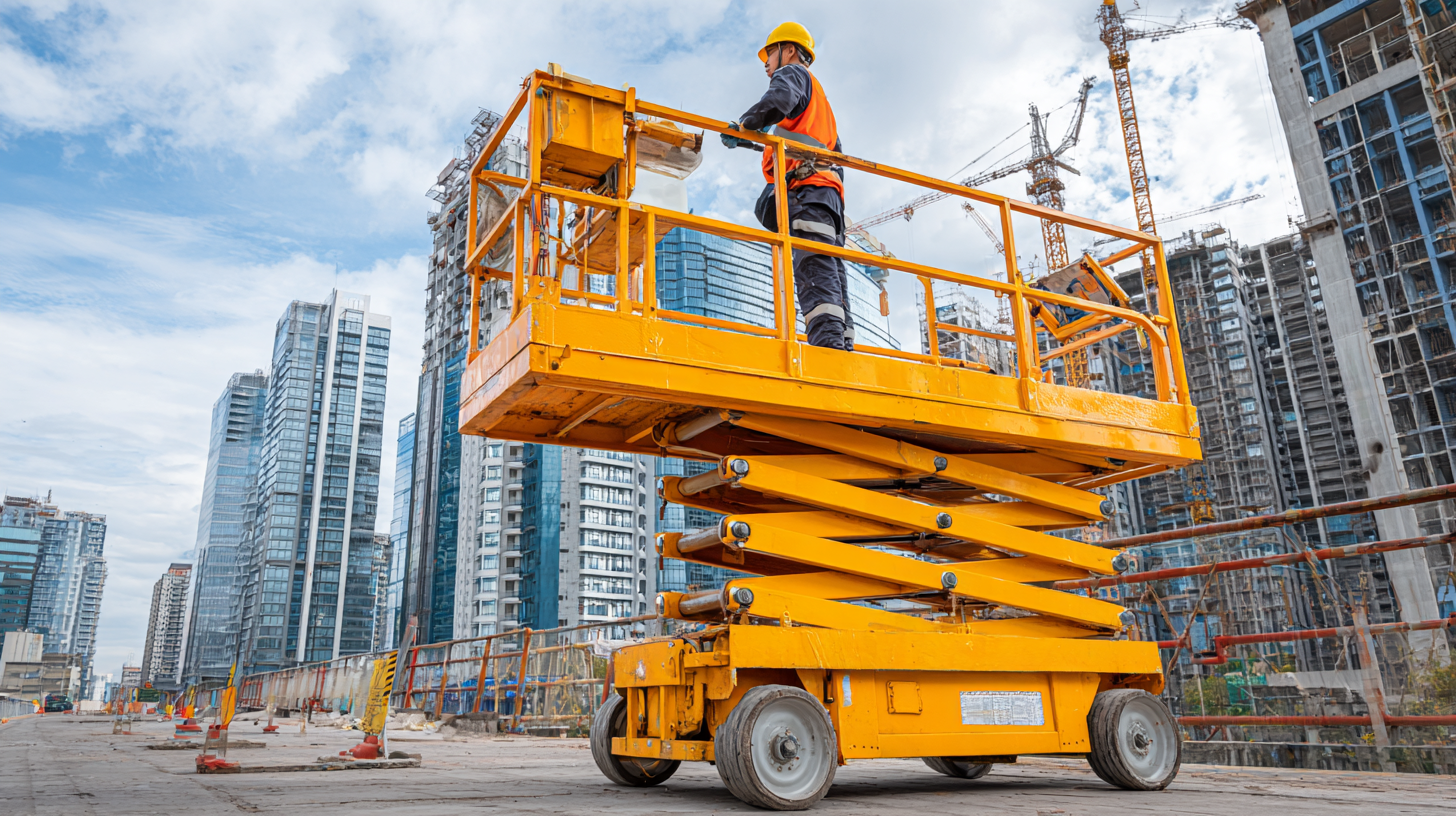
Related Posts
-

How to Enhance Safety with Mobile Elevated Work Platform Training
-
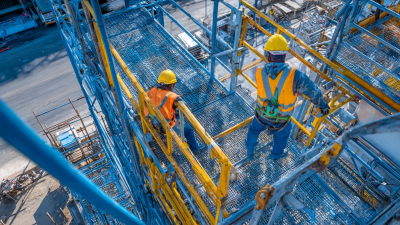
Ultimate Guide to Ensuring Safety in Elevated Work Platform Training with Data Driven Insights
-

How to Choose the Right Mobile Elevated Platform for Your Business Needs
-
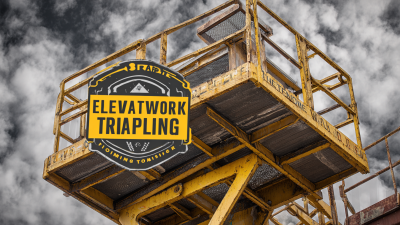
The Evolution of Elevated Work Platform Training for a Safer Tomorrow
-

China Manufacturing Global Trust with Best Latest Ansi Standards
-

5 Essential Tips for Ensuring Safety on Mast Climbing Work Platforms
